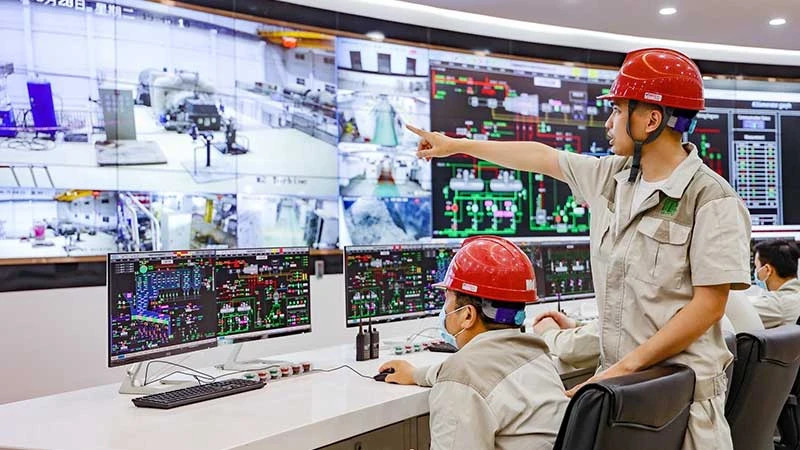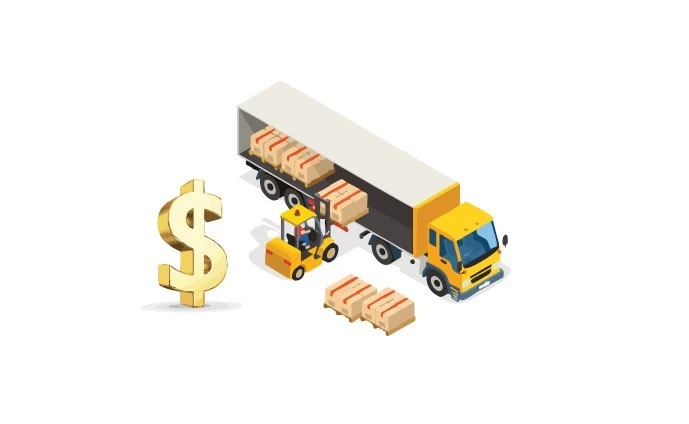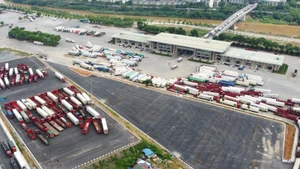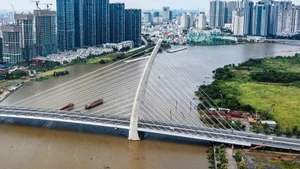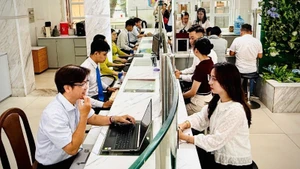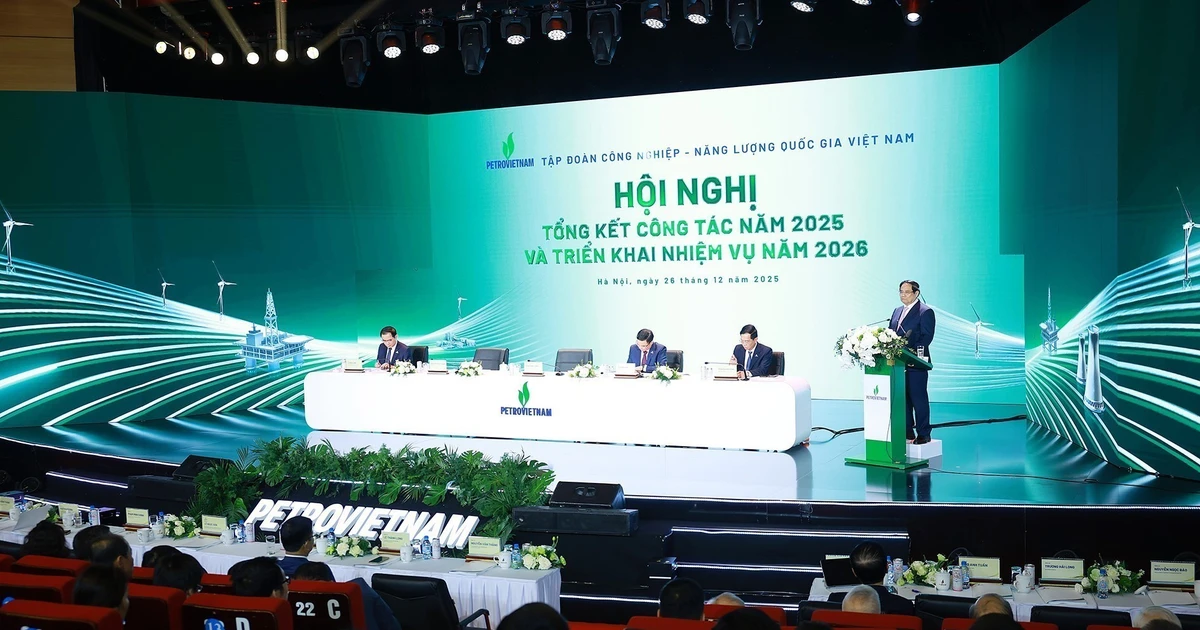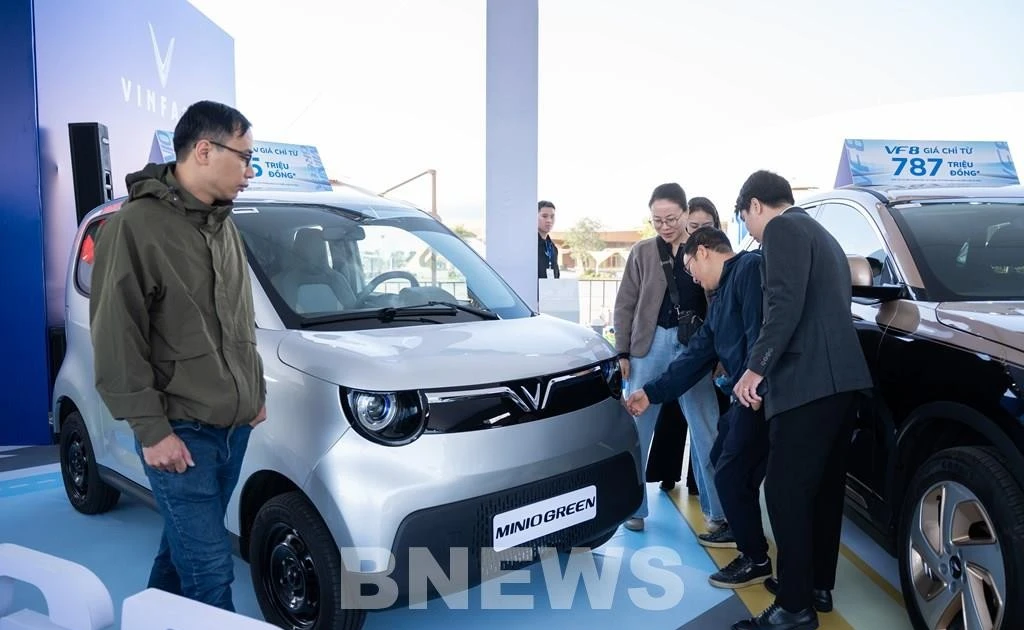Humanity faces an urgent need to find a more effective and sustainable economic model for using natural resources, reducing pollution, and environmental degradation, and responding to global climate change.
Key to promoting growth
According to a report by the United Nations published on February 28, 2024, municipal solid waste generation is predicted to grow from 2.1 billion tonnes in 2023 to 3.8 billion tonnes by 2050, causing devastating consequences for the environment, human health and the economy.
The United Nations Environment Programme warned that if humans continue to develop with a linear economic model, over a short time, the amount of waste will exceed the carrying capacity of the natural environment. Global natural resource consumption is predicted to increase by 60% by 2060, compared with 2020.
The United Nations Environment Programme warned that if humans continue to develop with a linear economic model, over a short time, the amount of waste will exceed the carrying capacity of the natural environment. Global natural resource consumption is predicted to increase by 60% by 2060, compared with 2020.
Vietnam is one of the 20 largest producers of waste in the world. According to statistics from the Ministry of Natural Resources and Environment, currently, urban areas dump about 38,000 tonnes of solid waste per day while people in rural areas throw 32,000 tonnes away.
It is estimated that the amount of solid waste in urban areas increases by an average of 10% to 16% per year. The industry discharges about 25 million tonnes of solid waste each year, of which about 8.1 million tonnes come from industrial parks.
According to the Ministry of Industry and Trade, it is expected that by 2025 there will be 248 million tonnes of accumulated ash and slag from operating 29 coal-fired thermal power plants and by 2030 it will be 422 million tonnes, requiring a huge land fund for storage.
In addition, there is a huge amount of waste from livestock farming, poultry slaughtering, post-harvest from agricultural production and hospital waste.
The circular economy is a model that aims to use resources effectively, save resources, and recycle waste, both contributing to environmental protection and bringing economic efficiency. Many countries identify it as the key to promoting green and sustainable growth, along with the support of digital technology, data analysis and advances in materials science and artificial intelligence.
Our Party and State have issued many resolutions on developing a circular economy associated with environmental protection.
Over the past 10 years, many enterprises in our country have built and developed a circular economic model, focusing on waste-to-energy and producing construction materials from ash and slag from thermal power plants.
Over the past 10 years, many businesses in our country have built and developed a circular economic model, focusing on waste-to-energy and producing construction materials from ash and slag from thermal power plants.
Removing difficulties
Regarding the difficulties in developing a circular economy, experts said that the legal conditions and infrastructure for building a circular economy are still lacking, making it difficult to implement new business models.
We do not have a system of Vietnamese Standards related to the use of fly ash and bottom slag in coal-fired thermal power plants.
The construction, operation and generation of electricity for the national grid of waste-to-energy plants still face many difficulties in coordinating with departments, branches and localities.
Waste collection, transportation and treatment activities in urban areas still have many shortcomings in terms of processes, funding and human resources, making it difficult for waste-to-energy to process input materials. The current difficulty businesses face is the problem of investment capital for modern technology.
Developing a circular economy requires a comprehensive transformation, from changing thinking and awareness to adjusting strategies, transforming economic structures, and institutionalising.
The important thing is to proactively and scientifically build connections between economic activities, creating cycles in the economy to keep the long-time flow of materials, and restoring and regenerating products and materials at the end of each production or consumption cycle.
Do not let local interests affect green energy, causing a waste of national resources.
Dr Nguyen Song Tung, Director of the Institute of Human Geography (Vietnam Academy of Social Sciences) said that, first of all, it is necessary to clearly recognise and have solutions to respond to the challenges of resource depletion, environmental degradation and pollution, and the increasing impacts of climate change that threaten sustainable development.
To solve the problem of generating renewable energy for the national grid, it is necessary to urgently deploy a competitive electricity trading market.
Experts from the Institute of Human Geography have had many projects and topics on developing a circular economy in environmental protection and developing a green economy in various sectors and fields, all of which have made recommendations. These include early unification and synchronisation of legal regulations, and the inclusion of circular economy in planning, plans, and implementation roadmap of enterprises. Also having mechanisms to attract and use investment, and develop human resources of circular economy enterprises, creating favourable conditions for enterprises producing unburnt bricks from thermal power ash and slag.
Do not let local interests affect green energy, causing a waste of national resources.
